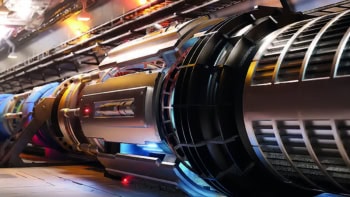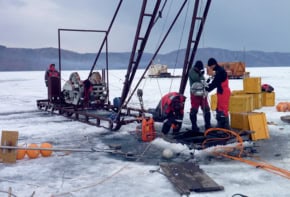This year marked the 70th anniversary of the European Council for Nuclear Research, which is known universally as CERN. To celebrate, we have published a bumper crop of articles on particle and nuclear physics in 2024. Many focus on people and my favourite articles have definitely skewed in that direction. So let’s start with the remarkable life of accelerator pioneer Bruno Touschek.
Bruno Touschek: the physicist who escaped the Nazi Holocaust to build particle colliders
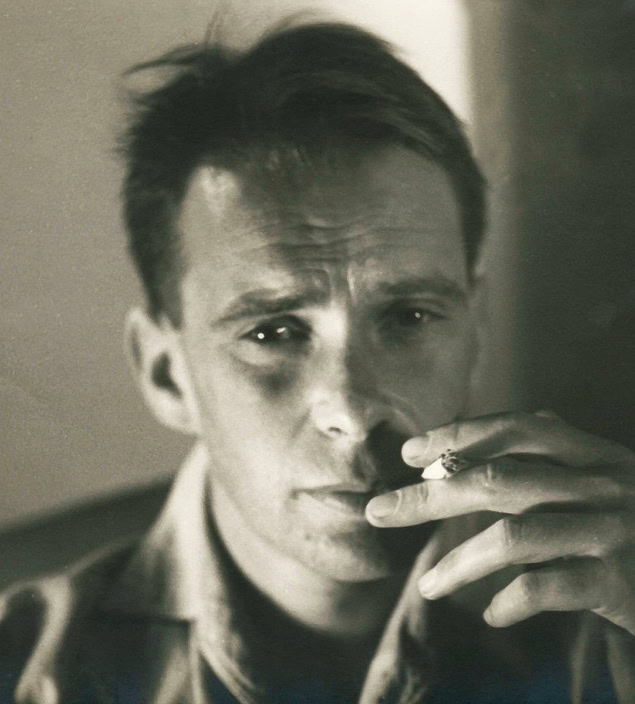
Born in Vienna in 1921 to a Jewish mother, Bruno Touschek’s life changed when Nazi Germany annexed Austria in 1938. After suffering antisemitism in his hometown and then in Rome, he inexplicably turned down an offer to study in the UK and settled in Germany. There he worked on a “death ray” for the military but was eventually imprisoned by the German secret police. He was then left for dead during a forced march to a concentration camp in 1945. When the war ended a few weeks later, Touschek’s expertise came to the attention of the British, who occupied north-western Germany. He went on to become a leading accelerator physicist and you can read much more about the extraordinary life of Touschek in this article by the physicist and biographer Giulia Pancheri.
Nuclear clock ticks ever closer
Today, the best atomic clocks would only be off by about 10 ms after running for the current age of the universe. But, could these timekeepers soon be upstaged by clocks that use a nuclear, rather than an atomic transition? Such nuclear clocks could rival their atomic cousins when it comes to precision and accuracy. They also promise to be fully solid-state, which means that they could be used in a wide range of commercial applications. This year saw physicists make new measurements and develop new technologies that could soon make nuclear clocks a reality. Click on the headline above to discover how physicists in the US have fabricated all of the components needed to create a nuclear clock made from thorium-229. Also, earlier this year physicists in Germany and Austria showed that they can put nuclei of the isotope into a low-lying metastable state that could be used in a nuclear clock. You can find out more here: “Excitation of thorium-229 brings a working nuclear clock closer”.
Physics World Live: the future of particle physics
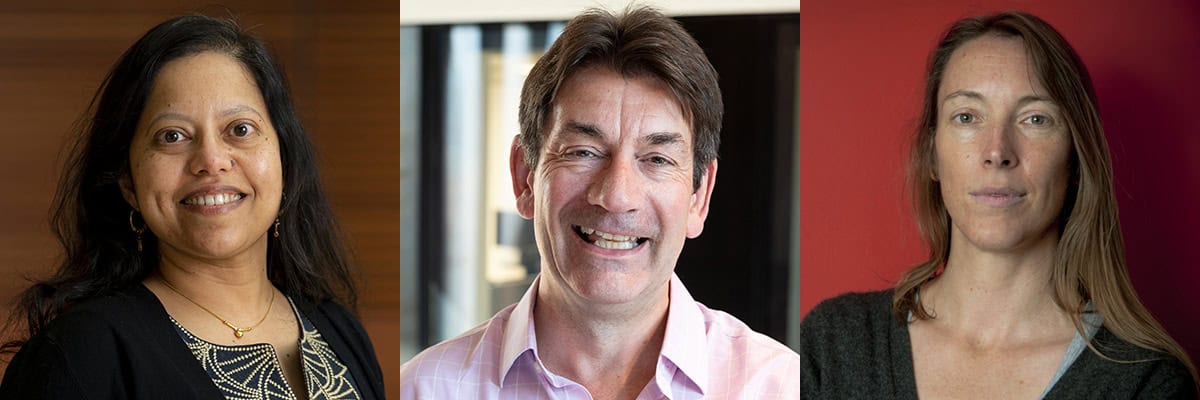
In 2024 we launched our Physics World Live series of panel discussions. In September, we explored the future of particle physics with Tara Shears of the UK’s University of Liverpool, Phil Burrows at the University of Oxford in the UK and Tulika Bose at the University of Wisconsin–Madison in the US. Moderated by Physics World’s Michael Banks, the discussion focussed on next-generation particle colliders and how they could unravel the mysteries of the Higgs boson and probe beyond the Standard Model of particle physics. You can watch a video of the event by clicking on the above headline (free registration) or read an article based on the discussion here: “How a next-generation particle collider could unravel the mysteries of the Higgs boson”.
‘Sometimes nature will surprise us.’ Juan Pedro Ochoa-Ricoux on eureka moments and the future of neutrino physics
Neutrinos do not fit in nicely with the Standard Model of particle physics because of their non-zero masses. As a result some physicists believe that they offer a unique opportunity to do experiments that could reveal new physics. In a wide-ranging interview, the particle physicist Juan Pedro Ochoa-Ricoux explains why he has devoted much of his career to the study of these elusive subatomic particles. He also looks forward to two big future experiments – JUNO and DUNE – which could change our understanding of the universe.
Using Minecraft to get young people interested in particle physics: Çiğdem İşsever on the importance of science in the early years
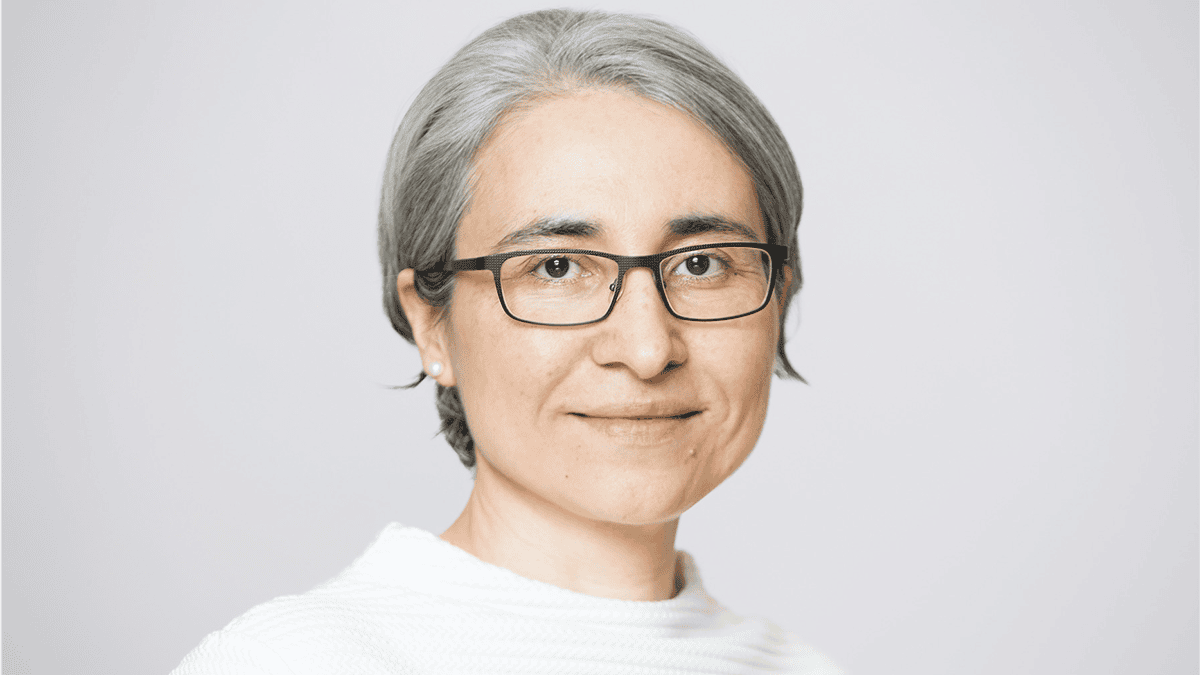
“Children decide quite early in their life, as early as primary school, if science is for them or not,” explains Çiğdem İşsever – who is leads the particle physics group at DESY in Hamburg, and the experimental high-energy physics group at the Humboldt University of Berlin. İşsever has joined forces with physicists Steven Worm and Becky Parker to create ATLAScraft, which creates a virtual version of CERN’s ATLAS detector in the hugely popular computer game Minecraft. In this profile, the science writer Rob Lea talks to İşsever about her passion for outreach and how she dispels gender stereotypes in science by talking to school children as young as five about her career in physics. İşsever also looks forward to the future of particle physics and what could eventually replace the Large Hadron collider as the world’s premier particle-physics experiment.
CERN celebrates 70 years at the helm of particle physics in lavish ceremony
This year marked the 70th anniversary of the world’s most famous physics laboratory, so the last two items in my list celebrate that iconic facility nestled between the Alps and the Jura mountains. Formed in the aftermath of the Second World War, which devastated much of Europe, CERN came into being on 29 September 1954. That year also saw the start of construction of the Geneva-based lab’s proton synchrotron, which fired-up in 1959 with an energy of 24 GeV, becoming the world’s highest-energy particle accelerator. The original CERN had 12 member states and that has since doubled to 24, with an additional 10 associate members. The lab has been associated with a number of Nobel laureates and is a shining example of how science can bring nations together after a the trauma of war. Read more about the anniversary here.
CERN at 70: how the Higgs hunt elevated particle physics to Hollywood status

When former physicist James Gillies sat down for dinner in 2009 with actors Tom Hanks and Ayelet Zurer, joined by legendary director Ron Howard, he could scarcely believe the turn of events. Gillies was the head of communications at CERN, and the Hollywood trio were in town for the launch of Angels & Demons. The blockbuster film is partly set at CERN with antimatter central to its plot, and is based on the Dan Brown novel. In this Physics World Stories podcast, Gillies looks back on those heady days. Gillies has also written a feature article for us about his Hollywood experience: “Angels & Demons, Tom Hanks and Peter Higgs: how CERN sold its story to the world”.
